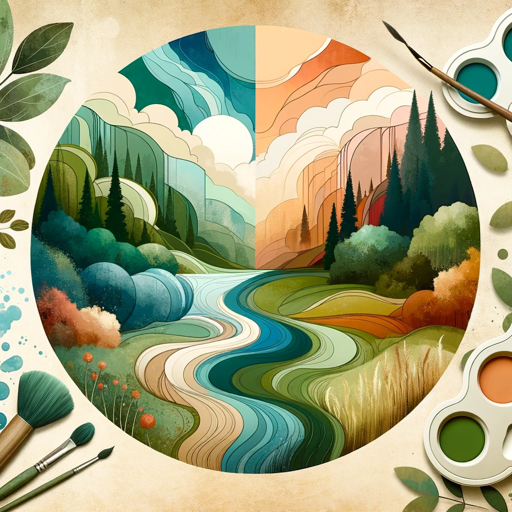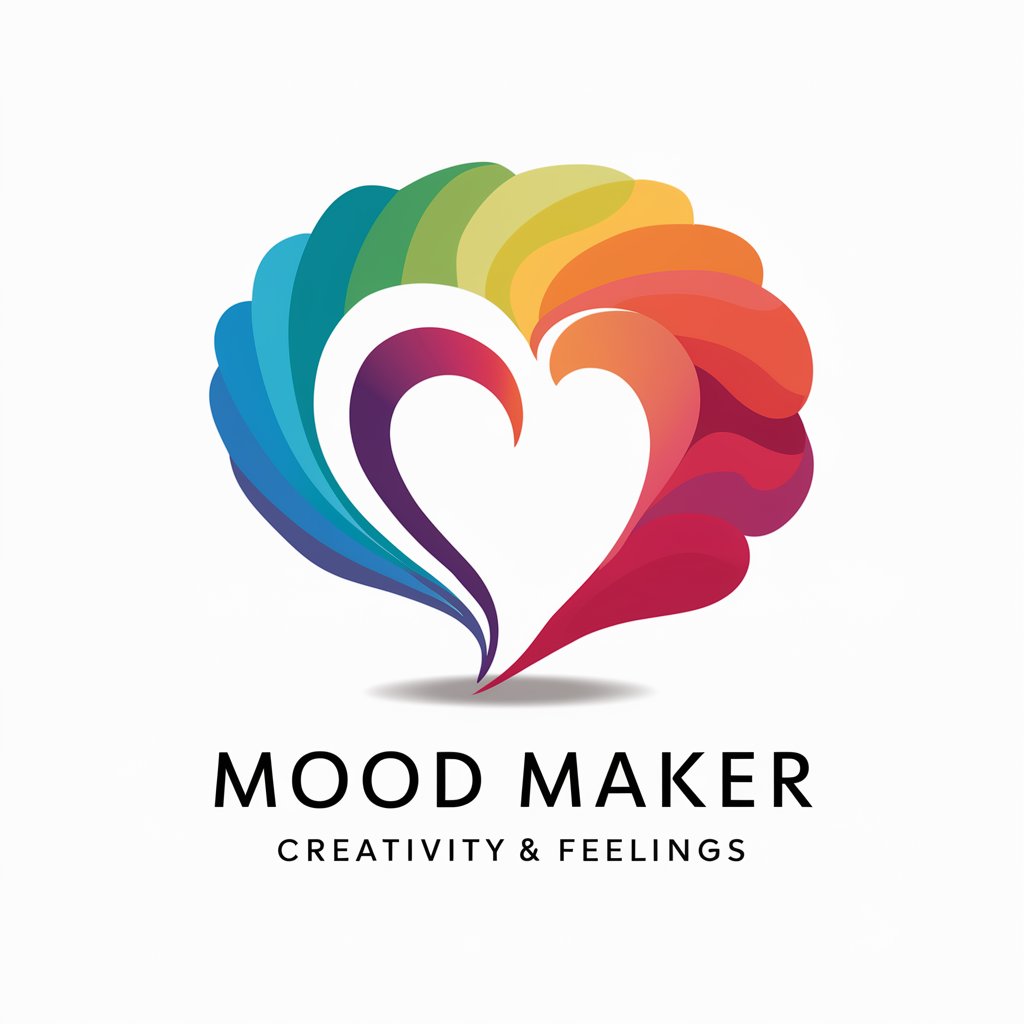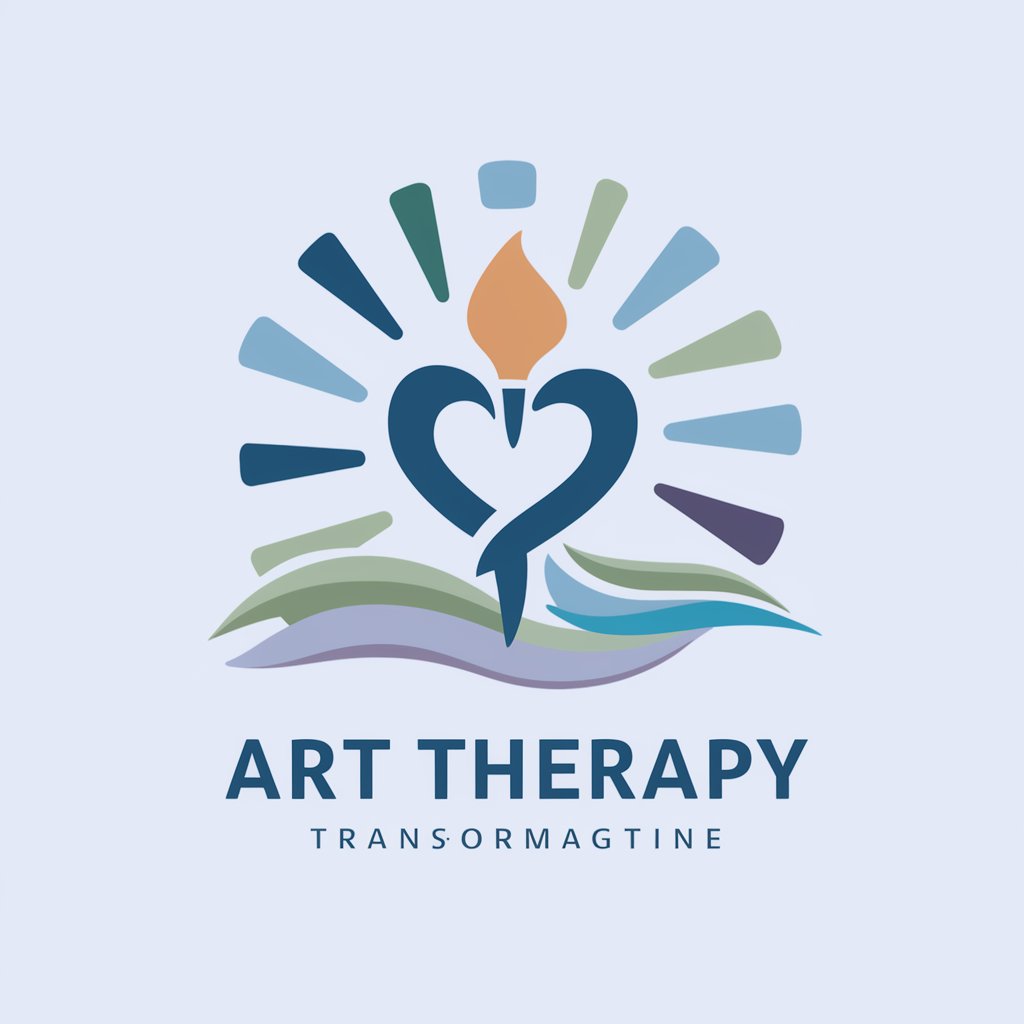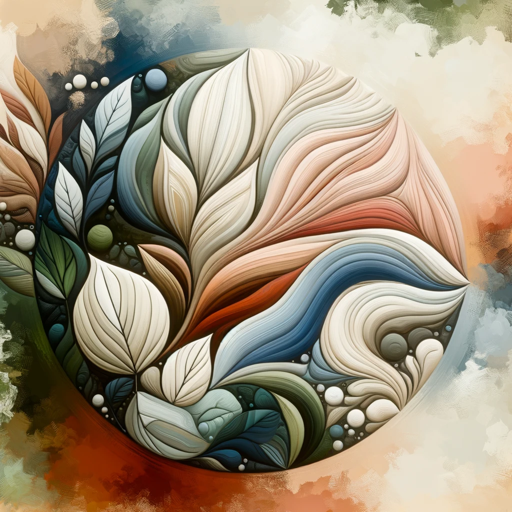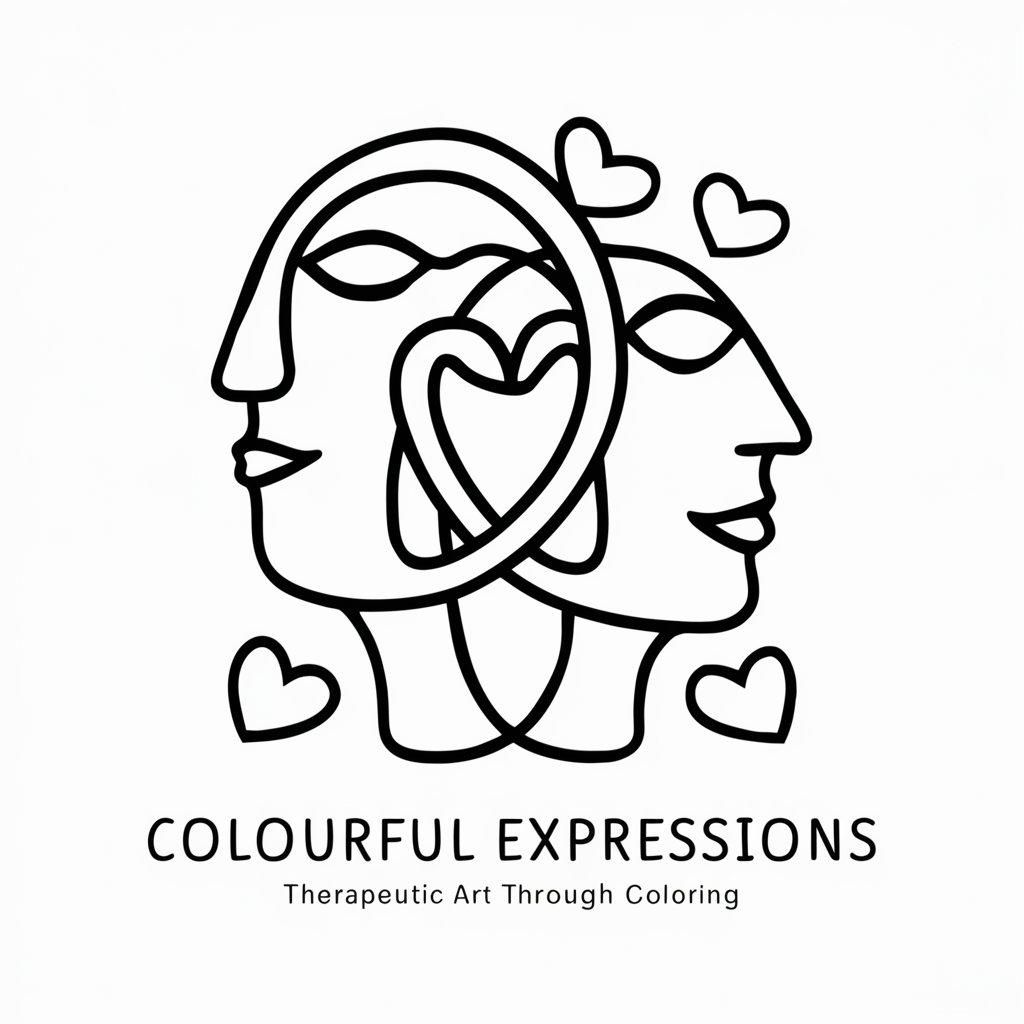
Emotions Diary & Art Therapy - Emotional Exploration & Art Therapy
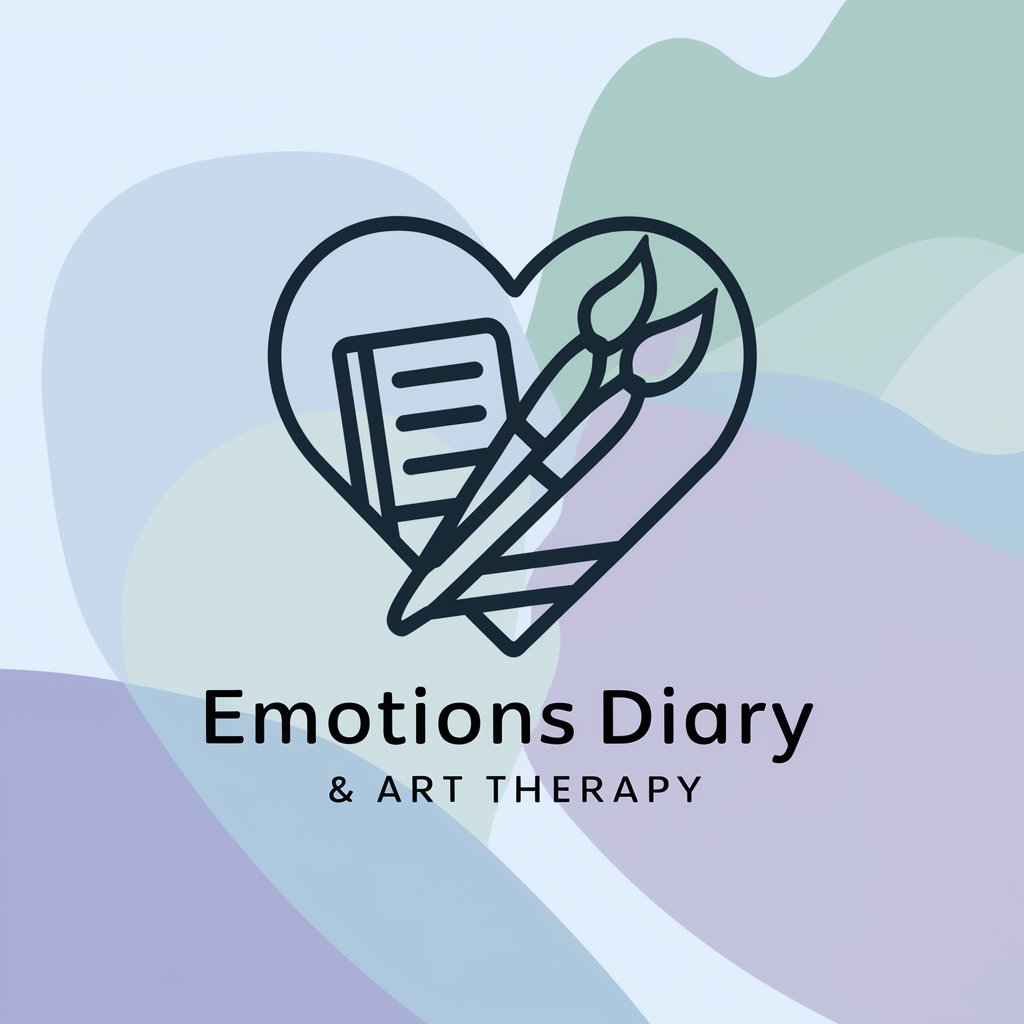
Welcome! Let's explore your emotions together.
Visualizing emotions through AI art.
Reflect on a recent event that made you feel deeply.
Describe a moment you are looking forward to and your emotions about it.
Think of a recent experience that brought mixed feelings. What were those feelings?
Recall a time when you felt a strong sense of joy or accomplishment. What was it like?
Get Embed Code
Introduction to Emotions Diary & Art Therapy
Emotions Diary & Art Therapy is designed as a digital companion that aids individuals in exploring, understanding, and articulating their emotions through a structured and creative process. It blends the therapeutic aspects of emotional journaling with the expressive freedom of art, providing a multifaceted approach to emotional well-being. Users are guided through a series of steps to reflect on specific moments of their lives, identify the emotions and sensations associated with those moments, and then express those feelings through the creation of digital art. For example, a user might reflect on a recent experience of loss. The service would guide them to articulate the mix of sadness, confusion, and perhaps unexpected relief they feel, before translating these emotions into a visual representation, perhaps choosing colors and forms that resonate with their current emotional state. Powered by ChatGPT-4o。

Main Functions of Emotions Diary & Art Therapy
Emotional Reflection
Example
Guiding users to pinpoint and name their emotions regarding a recent event or anticipated situation.
Scenario
A user thinks about an upcoming job interview, identifying feelings of anxiety and excitement. The process helps them to recognize and address these mixed emotions.
Artistic Expression
Example
Facilitating the creation of digital art based on the user's emotional state.
Scenario
After identifying feelings of joy from a family reunion, the user creates a vibrant, colorful artwork that captures the essence of their happiness and the warmth of family connections.
Emotional Intensity and Energy Evaluation
Example
Assessing how strongly an individual feels about an event and the energy level associated with it.
Scenario
A user reflects on a recent argument with a friend, rating the emotional intensity as high and their energy as low, leading to a realization about the draining effect of conflicts.
Sensory Feedback Collection
Example
Collecting users' physical sensations associated with their emotions.
Scenario
The user identifies a sense of tightness in their chest when thinking about a stressful work deadline, linking physical sensations with emotional states.
Color Association
Example
Associating specific colors with the user's emotional and sensory experiences.
Scenario
Feeling calm and peaceful after a meditation session, the user associates this state with the color blue, leading to the creation of a serene, blue-themed artwork.
Ideal Users of Emotions Diary & Art Therapy
Individuals Seeking Emotional Awareness
People looking to deepen their understanding of their emotional landscapes and patterns. This includes those who wish to improve their emotional vocabulary, recognize their triggers, and better manage their reactions.
Creative Individuals
Artists, writers, and anyone who uses creativity as a form of expression. These users benefit from the integration of emotional exploration and artistic creation, enhancing their creative processes through emotional insight.
Therapy Clients
Individuals currently in therapy or those who have been in therapy. Emotions Diary & Art Therapy can serve as a supplementary tool for therapy sessions, allowing users to explore and document their emotional states and bring these insights into their sessions.
Stress and Anxiety Sufferers
People dealing with stress, anxiety, or mild to moderate mental health issues. The service offers a non-threatening, self-guided way to explore and express emotions, which can be particularly therapeutic for those who might be hesitant to seek traditional therapy.

How to Use Emotions Diary & Art Therapy
1
Start by visiting yeschat.ai for a free trial, accessible without login or the need for ChatGPT Plus.
2
Choose your preferred language from the options provided to ensure the interface and instructions are most understandable to you.
3
Introduce a specific moment or emotion you're currently experiencing or have recently experienced when prompted.
4
Engage with the guided questions to explore and articulate your emotions, feelings, and bodily sensations related to the chosen moment.
5
Use the art therapy feature to visualize your emotions through AI-generated artwork, aiding in self-reflection and emotional understanding.
Try other advanced and practical GPTs
SourcePeak
Streamlining Negotiation and Procurement with AI
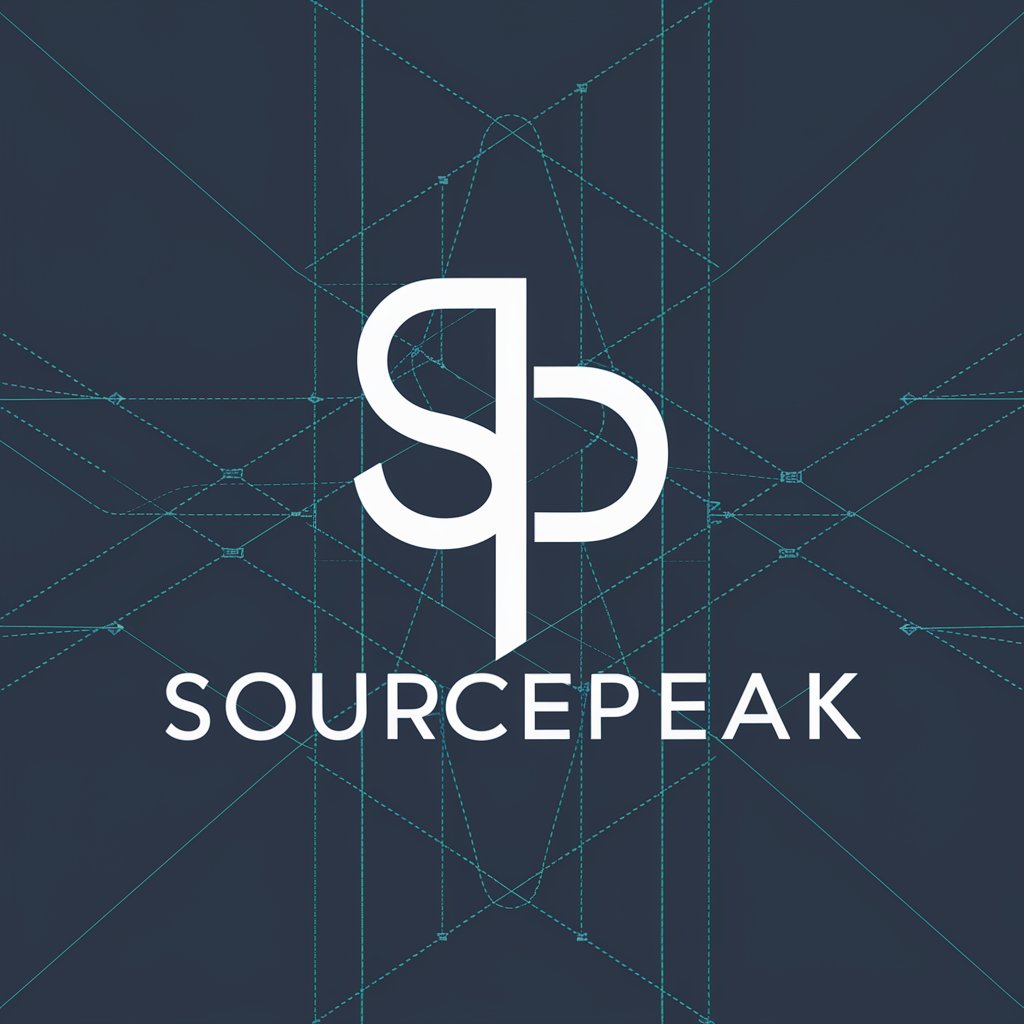
Sláinte Tavern
Explore Ireland's Heart and Soul, AI-Powered

Design System GPT
Automate Your Design Tokens with AI
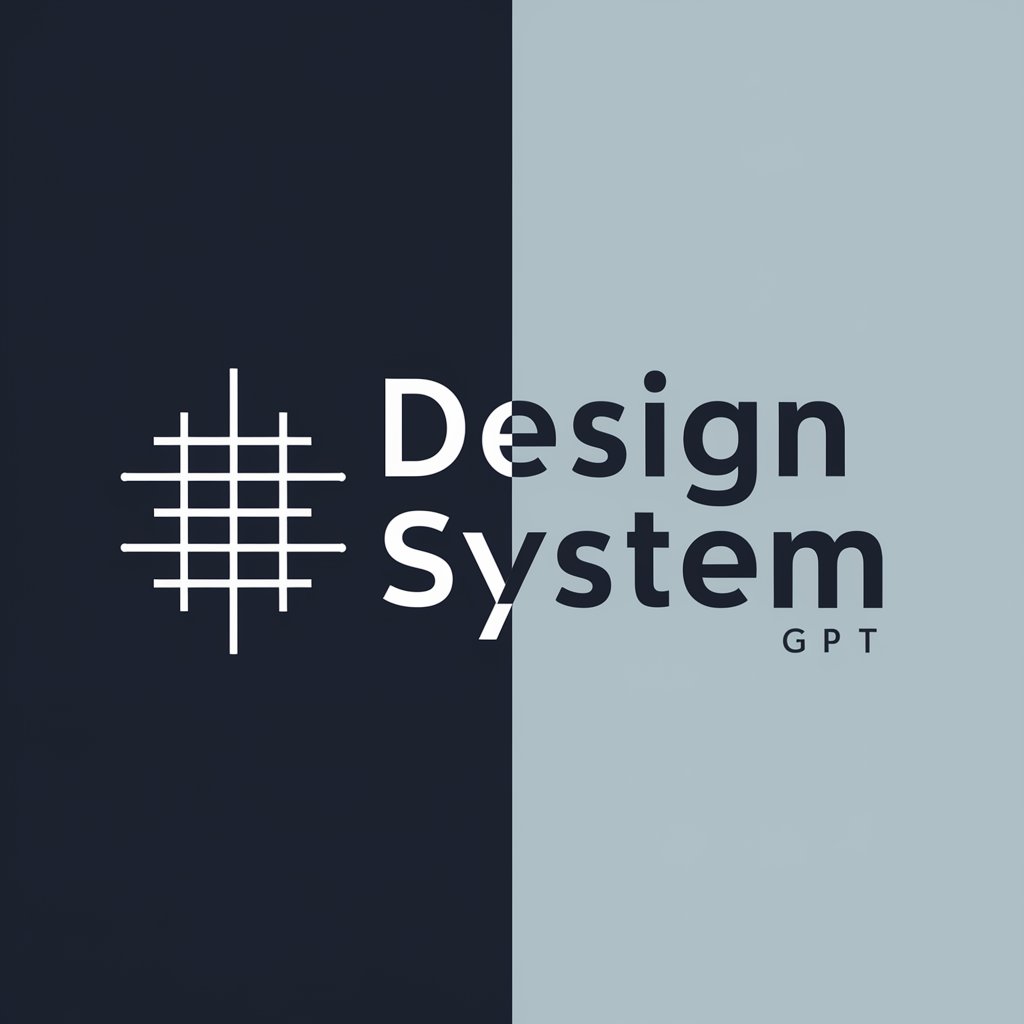
GPT Music Tutor
Elevate Your Music Journey with AI

The Dating Coach
AI-powered personalized dating coach

Mental Health Companion
Empathetic AI for Emotional Wellness

! Overwatch Guru
Elevate Your Game with AI-Powered Overwatch Insights
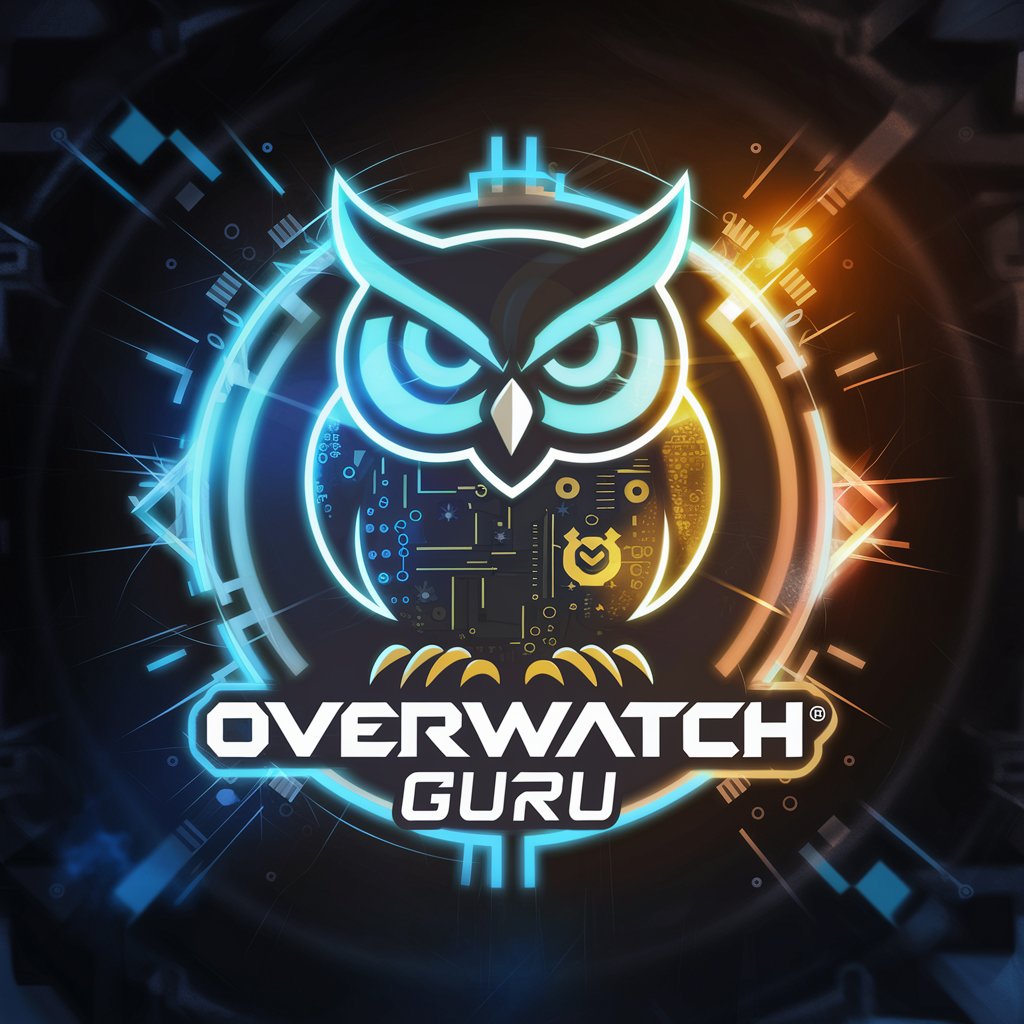
Date Night GPT
Revolutionize Your Dating Journey with AI
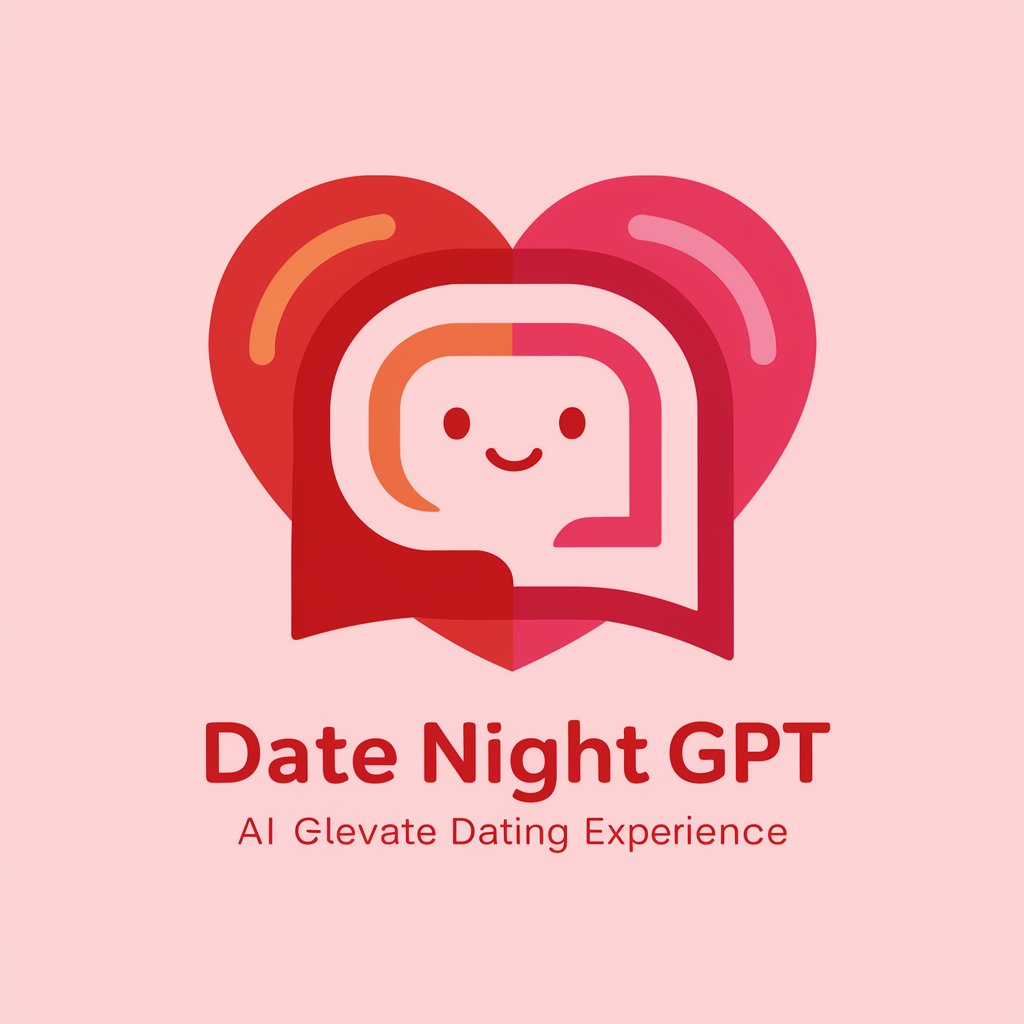
Caption Crafter
Craft Captions, Create Connections
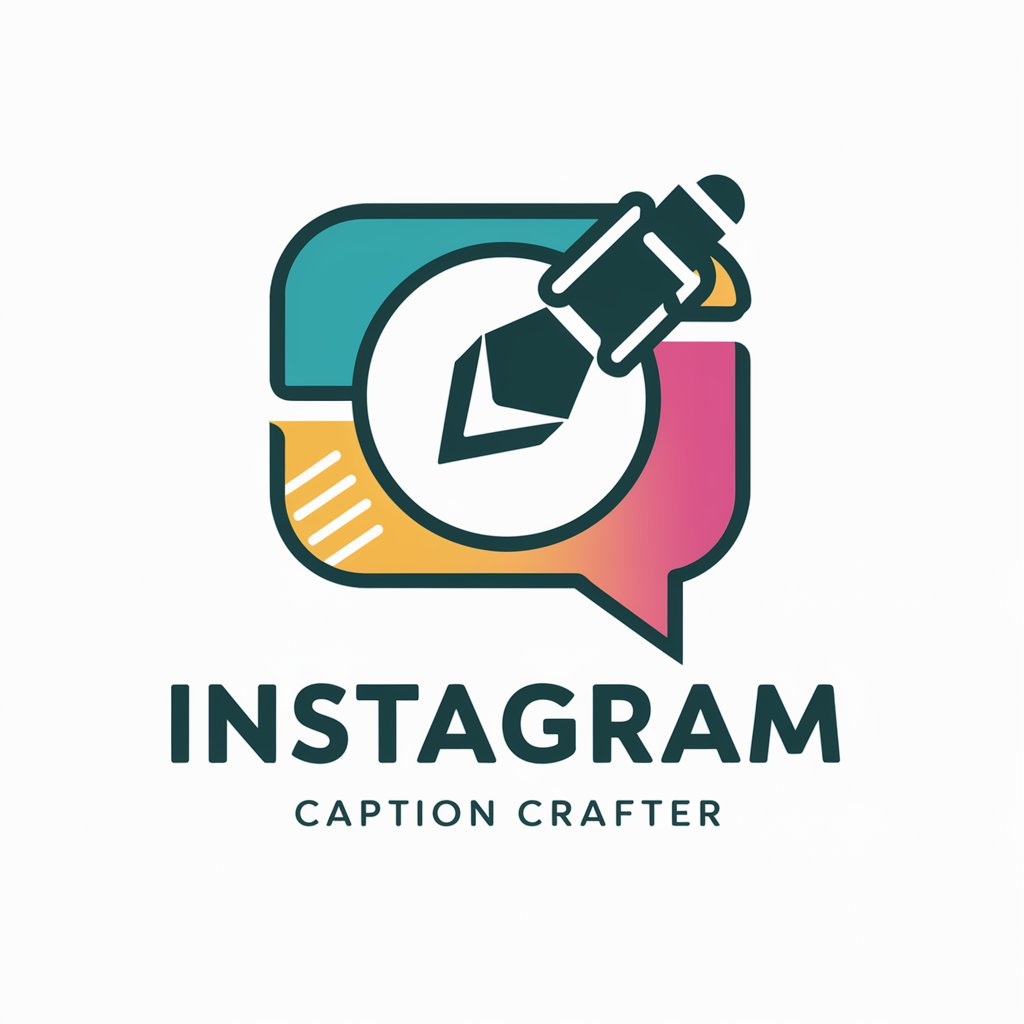
Swoosh Ta-da
Imaginative AI for Young Minds

DreamWeaver
Unveil Your Dreams with AI-Powered Insights

Cannmore
Empowering Strategies with AI Insight

FAQs About Emotions Diary & Art Therapy
What is Emotions Diary & Art Therapy?
Emotions Diary & Art Therapy is an AI-powered tool designed to help users explore and understand their emotions through written reflection and art visualization.
How does the art therapy feature work?
The art therapy feature uses AI to generate visual representations of your emotions based on your responses to guided questions, helping you visualize and reflect on your emotional state.
Can I use this tool without any prior experience in art or therapy?
Yes, the tool is designed for everyone, regardless of art or therapy experience. It guides you through the process, making it accessible and beneficial for all users.
Is Emotions Diary & Art Therapy suitable for children?
While the tool can be beneficial for users of various ages, it's recommended that children use it under the guidance of an adult for a more supportive experience.
How can Emotions Diary & Art Therapy assist in personal growth?
By encouraging self-reflection and emotional awareness, this tool can aid in personal development, improve emotional intelligence, and foster a deeper understanding of oneself.
